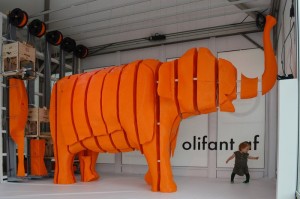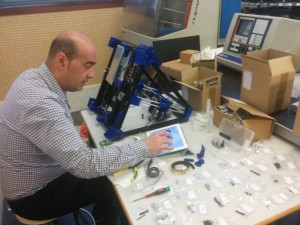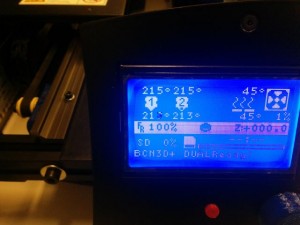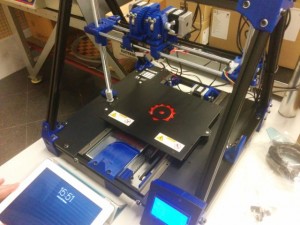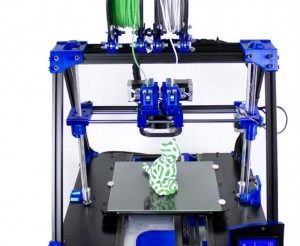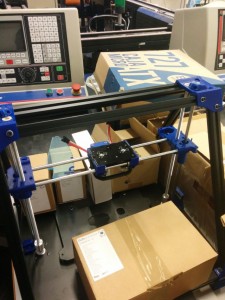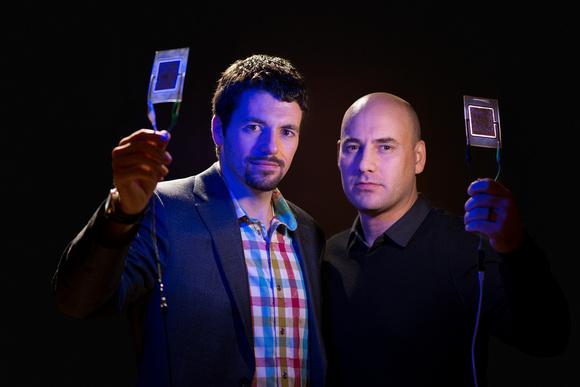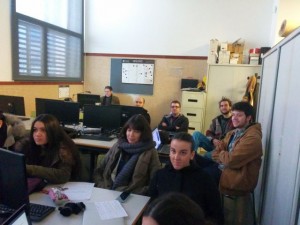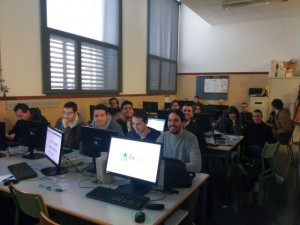by TE Edwards · February 5, 2015
Something3D says they’ve created the first full color, FFF 3D printer, and they call it the ST3D Chameleon. The company says the ST3D Chameleon is a package of innovative hardware, software and a user friendly GUI which lets users print their models in full color, and not just color, but with “intricate textures” as well.
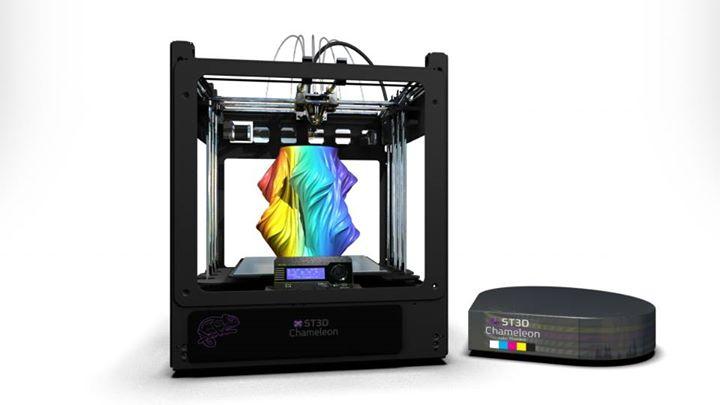 Something3D says the hardware configuration of the Chameleon is very like that of their second generation machines, but with a twist. The Chameleon prints objects with CMYBW (Cyan, Magenta, Yellow, Black and White) filaments through a single, proprietary, patent-pending nozzle.
Something3D says the hardware configuration of the Chameleon is very like that of their second generation machines, but with a twist. The Chameleon prints objects with CMYBW (Cyan, Magenta, Yellow, Black and White) filaments through a single, proprietary, patent-pending nozzle.
According to Something3D, their latest model can print the outer shell of an object in full color at a resolution of 0.5 millimeter per color change.
“This ground breaking printer will take the 3D printing world from the ‘black and white’ era to the ‘full color’ world, unleashing unlimited design-and-create possibilities,” says Dotan Koskas of Something3D.
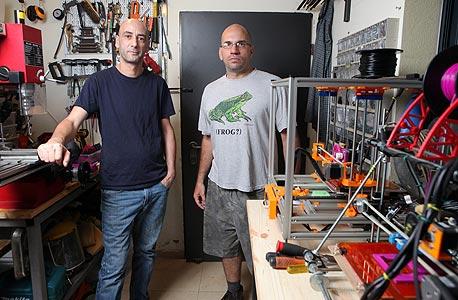
Itzik Molcho, the CEO of Something3D, says he and the company’s co-founders, which include Molcho and his partner Koskas, the system’s designer, are certain their line of 3D printers will find a foothold in markets outside of their current home in Israel.
Something3D is among the few manufacturers of desktop 3D printers anywhere – and they’re the only ones in Israel. Their previous line of printers feature four printing extruder heads which allowed for the production of objects with four different materials – or in multiple colors – but this latest line is said to produce the much sought-after “full color” capability.
“That’s the kind of thing you usually find only in very high-end printers from companies like Stratasys,” says Molcho.
Koskas, a graphic designer and veteran of the animation and television industries, said it was his involvement in building 3D printers for the past five years which led to the development of Something3D’s first printer a year ago.
 “Most of our customers have been in Israel, which we see as a ‘beta site’ for what we’re doing,” Molcho says. “We believe that our unique approach will be in demand elsewhere as well.”
“Most of our customers have been in Israel, which we see as a ‘beta site’ for what we’re doing,” Molcho says. “We believe that our unique approach will be in demand elsewhere as well.”
With their new Chameleon, the company offers a printer with a build volume of 300 x 300 x 340 mm, a heated build platform, USB 2.0-3.0 to Mac, PC and SD card connectivity, 50 micron layer thickness and 0.5 mm wall thickness capability, a print speed of 70-100 mm/s and a 1-year warranty. And the price? It’s intriguing as well at $7350.
We’ve seen full color 3D printers in the past. In fact 3D Systems recently acquired BotObjects, likely for their technology which is being integrated into their CubePro C 3D Printer. Additionally we’ve covered a company in the past called Spectrom 3D who produces a filament dying attachment for nearly any FFF/FDM 3D printer. It will be interesting to see how Something3D’s technology compares, as full-color FFF 3D printing seems to be about to take off.
Koskas says the ST3D Chameleon will be shipping within 8 weeks and that the company is taking pre-orders now on their website.
Do you think it’s possible to create a real, “full-color” 3D printer for the kind of price ST3D are offering? Let us know in the Something3D ‘Full Color’ FFF Printer forum thread on 3DPB.com
fuente: http://3dprint.com/42740/something3d-full-color-fff-printer-is-on-the-way/

